
Opel X20XEV engine
Content
The most popular large-capacity gasoline engine for cars produced by the German automaker Opel in the middle of the last decade of the 20th century was the XXNUMXXEV. Despite the fact that it was designed specifically for Vectra cars (modifications A and B), it fit almost all mid-size Opel models. At least three of them (Omega A, Astra and Calibra) have this motor (used or contract) installed without any problems.

History of creation
Ecotec's two-liter engine is a logical continuation of the most reliable gasoline engines in this series, the X20SE and C20XE. "Big brothers" were specially designed for installation on a powerful and squat city car for European roads Omega A. X20XE, among others, was recognized as one of the most reliable injection engines. Subject to all established operating rules, many motorists managed to "wind" on his speedometer under a million kilometers.
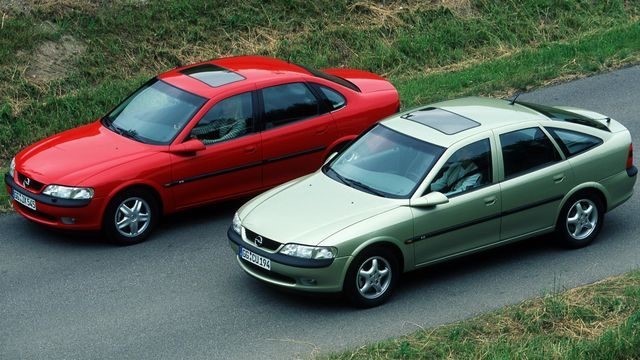
A simpler two-liter X20XEV, which went into production in 1994, was produced, like the C20XE, in a 16-valve version. It is designed according to the DOHC system - with two camshafts in the cylinder head. The first is responsible for driving the intake valves, the second - the exhaust. There are two valves per cylinder (inlet and outlet). The second camshaft doubles the number of valves to 16.
Its factory encoding is L34. In 1998, the motor went through a restyling. With the new ECU and balancer shafts, they began to install it on most Opel cars mass-produced in Europe and Russia. Its reliability was somewhat less than that of its predecessors. But half a million kilometers without overhaul is an absolutely acceptable result for any type of Opel car.
Like all 4-cylinder engines, the X20XEV is mounted transversely. The engine is designed without the installation of a phase regulator and a turbine as a supercharger.
A distinctive feature of the motor is the overhead camshaft (DOHC) system.
Z drive to the front wheels is answered by a transmission assembly mounted on the engine housing. To reduce vibration from the crankshaft when the car is moving, the designers equipped the motor with a special mechanical device - a balancing assembly. Up to a speed of 100 km / h, an Opel car equipped with an X20XEV engine accelerates in 9,5 seconds.
Officially, the X20XEV engine was developed for installation on three Opel car models - Omega A, Vectra A and Vectra B. Exceptionally successful design and power made it popular among European Opel car owners. In the process of restyling Astra F in 1996, the X20XEV became one of the new brands of serial gasoline engines installed on this car. The operation was carried out with an eye to the future. Less than two years later, the new Astra F also received this Ecotec engine in the line of gasoline engines.
Technical specifications
The X20XEV engine, designed according to the Euro 2 emission class, provides the car with the following fuel consumption characteristics:
- in the garden - 12,9 liters;
- on the highway - 6,9 liters.
In mixed mode, cruising, the consumption is kept at 8,5 l / 100 km.
Designers from Ecotec made adjustments to the systems and mechanisms of the engine so that it could provide the following output parameters:
| Engine capacity, cm 3 | 1998 |
|---|---|
| Maximum power, hp | 136-148 |
| Maximum torque, N * m (kg * m) / rpm. | 196 (207) / 4800 |
| Type of fuel | gasoline AI-95 |
| Fuel consumption, l / 100 km. | 6,9-12,9 |
| engine's type | in-line, 4-cylinder |
| Supply system | distributed injection |
| Cylinder diameter, mm | 86 |
| Number of valves per cylinder, pcs. | 4 |
| Nominal amount of oil to be filled, l | 4.5 |
| Oil consumption, l / 100 km. | 0.075 |
| Maximum power, hp (kW)/rpm | 136 (100) / 5600 |
| 148 (109) / 6000 | |
| Compression ratio | 10.8 |
| The piston stroke, mm | 86 |
| Maximum allowable operating speed | 6600 |
In terms of its design, power, the same piston stroke and cylinder diameter, the X20XEV is very similar to the Japanese Toyota 3S-FE engine. The standard type of oil to be filled is 5W30 from a variety of manufacturers - GM, Shell, Mobil. The volume of coolant (antifreeze) - 8 liters. Another feature of the internal combustion engine is the presence of a system for changing the geometry of the intake manifold VIS. The technical resource of the X20XEV engine is about 350 thousand km. before overhaul.

The numbers on the X20XEV engines are stamped in a very hard to reach place. If the motor is in its place, you can see its number from the side of the bottom, on the edge of the engine near the junction with the gearbox. Without dismantling, you can get to this place only with the help of a mirror.
Reliability and maintainability of the X20XEV engine
To check the correct functioning of the power plant, it is necessary to regularly check two systems, fuel and ignition, as well as compression. Before starting the process, you need to warm up the engine and unscrew the spark plugs. The battery must be fully charged.
- Turn off the ignition system by disconnecting the coil high voltage wire from the distributor cap.
- Connect a device for measuring the degree of compression to the hole of candle No. 1.
- Open the throttle valve.
- Make one or two turns of the crankshaft using the starter.
- Record or memorize the compression pressure stabilized after a revolution.
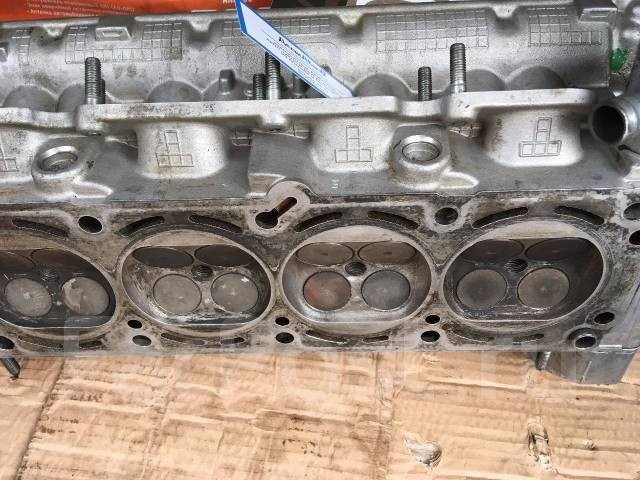
Similarly, compression is checked on the remaining three cylinders. The pressure difference must not exceed 2 bar. A slight pressure on the first stroke, gradually increasing when moving to other cylinders, means a malfunction - wear of the piston rings. If the slight pressure from the first stroke does not increase, this indicates two possible causes:
- leak in one of the valves;
- breakdown of the gasket on the head of the block.
The bottom of the valves should be carefully checked for foreign deposits. It can also cause pressure drop.
The heart of the X20XEV lubrication system is a gear pump. It rotates from the crankshaft trunnion. Oil is supplied by means of an oil intake equipped with a strainer. Oil screening is carried out using a replaceable full-flow filter.
Lubrication of the camshaft elements is carried out by spraying.
To save money, replacement parts must be purchased at the best price/quality ratio. For example, in this version:
- pistons and liners - Autowelt;
- stacked piston rings - Goetze;
- caps and gaskets - Elring;
- air filter - SCT SB;
- spark plugs - Bosch;
- liners - Glyco;
- exhaust system gasket - Jp Group.
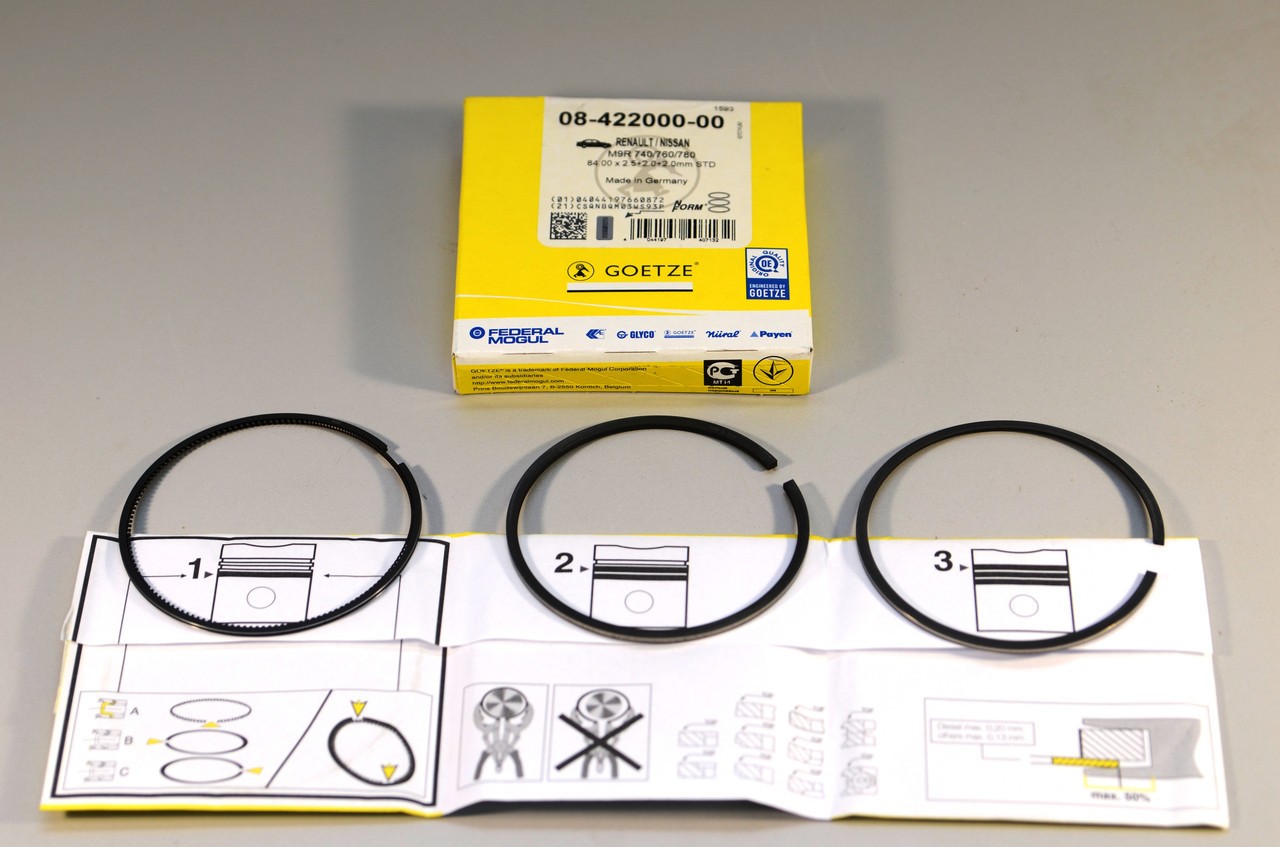
A significant number of excellent quality spare parts are produced directly by Opel. These include the crankcase ventilation system pipe, throttle body gasket, oil filter, and much more when repairing an engine.
What to look for when overhauling
When carrying out a major overhaul of the X20XEV motor with a large (more than 300 thousand km) mileage, it is imperative to carry out a general audit:
- Acceptance for repair, general inspection and determination of the list of visible defects.
- Diagnosis of errors in the electronic system and ABS.
- thanks to staple diagnostics, you can instantly determine the malfunctions of sensors, ignition coils, air flow meter.
Dismantling the motor means a complete repair and replacement of all engine parts that have become unusable. The most commonly worn parts are:
- intake and exhaust manifolds;
- crankshaft and camshaft sensors, oil level sensors;
- EGR valve and air flow meter;
- cylinder head.
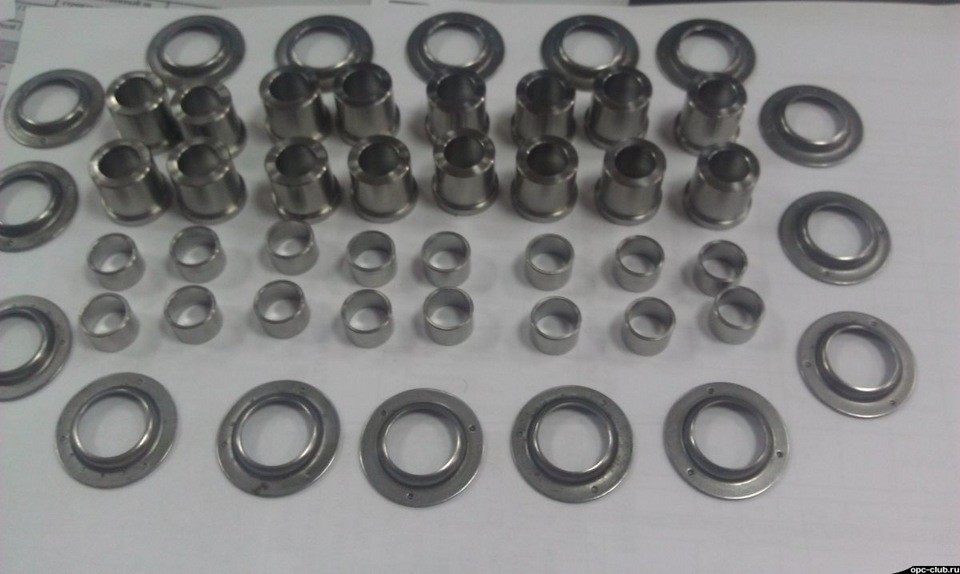
When assembling the motor after the repair, the X20XEV, like other Opel motors, keeps one secret. Insufficiently securely seated caps fly off the guide bushings. To avoid malfunction, they need to be glued with rather expensive glue. If this is not done, then there is only one way out - to replace bronze bushings, which is much more expensive than putting caps on glue.
Another important point for any inline 4-cylinder engine, including the X20XEV. If the working volume is above one and a half liters, then the vibration becomes a “sore” topic for the driver.
To eliminate the problem, the balancers should be carefully set during the repair.
This helps make the motor run quieter and smoother. Ultimately, minimal vibration increases the level of comfort in the cabin of the Opel.
Possibility of tuning
As with other reliable, but not overly powerful engines, owners of cars with a power plant based on the X20XEV are not averse to going over its main characteristics. In the forums in this sense, the turbine installation operation is most often mentioned. It is, of course, possible, but it "pulls" a significant alteration of the engine. In addition to installing a turbine, to reduce the compression ratio, it is necessary to replace the following components:
- crankshaft;
- pistons;
- connecting rods.
In addition, to debug the system after reinstalling all the necessary spare parts, electronic fine-tuning is necessary. The travel resource after installing a turbocharger is unlikely to exceed fifty thousand kilometers. As an option - to use the supercharger incompletely, without bringing the power to the maximum possible in this case 240 hp. The price of the issue is at least 5 euros. It is much more profitable in this case to sell an old car and buy a used one in good condition with a turbocharged engine. An excellent option would be a two-liter Z20LEL for Astra H (2004 onwards).
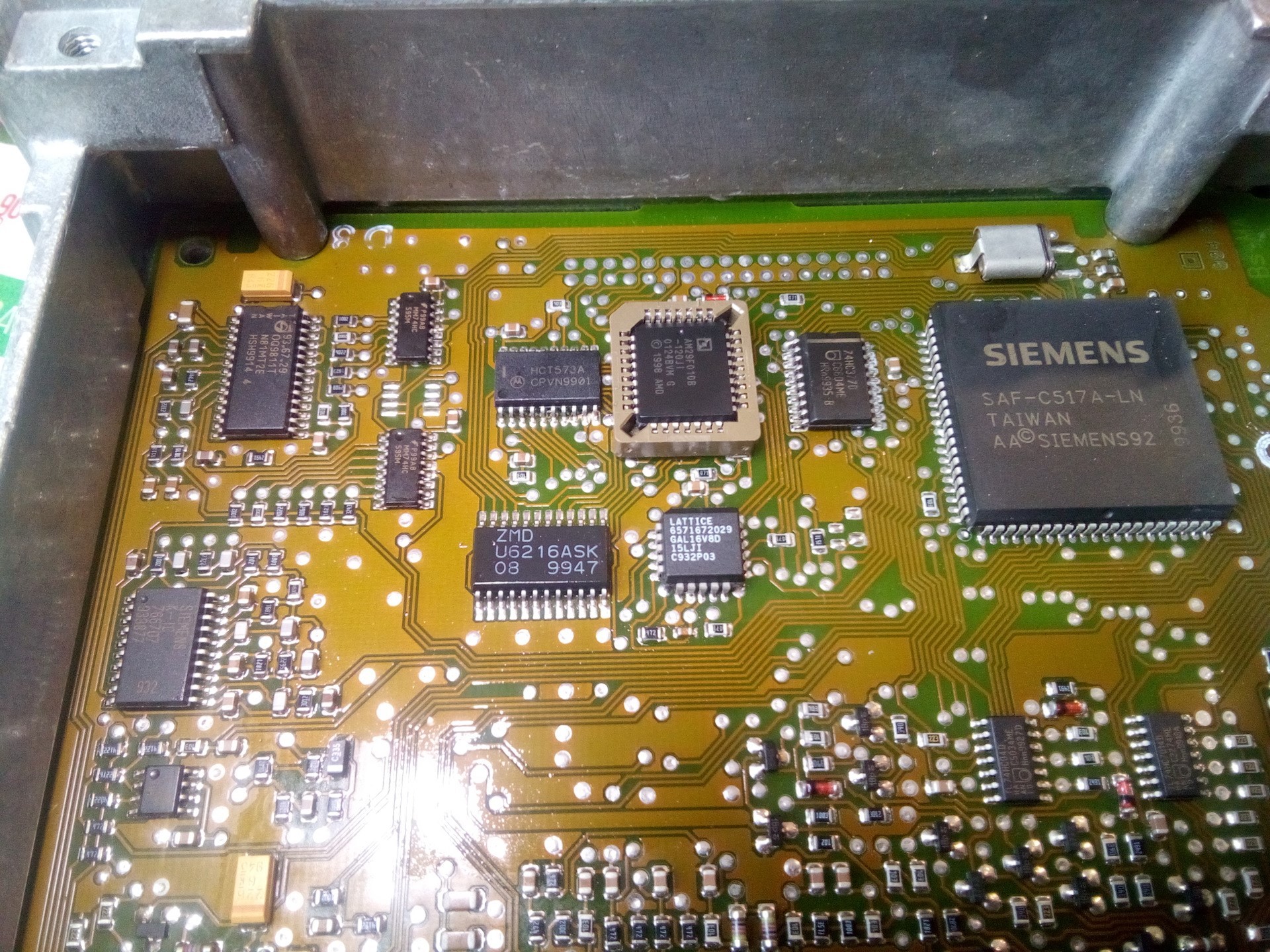
Chipovka can lead to a significant enrichment of the fuel mixture. But there will not be much difference between the operation of the system before tuning and after it. The maximum increase in torque that can be achieved by reshaping the “electronic brains” of the X20XEV is 10-15%. Tuning fans polish the intake-exhaust channels to a shine, achieving minimally noticeable changes. But for normal road driving, this is of little importance.
Feedback on the operation of the X20XEV engine
The general tone of the owners' stories about the management of machines on which the X20XEV engine is installed is far from ideal. As with all Opel motors, the condition of the timing belt should be carefully monitored. Its maximum resource is 60 thousand km, after which preventive maintenance should be carried out. Another "disease" of Opel's internal combustion engines is floating speed. In this case, there are two recipes:
- IAC cleaning;
- purge the crankcase ventilation system.
If during preventive repairs a crack is found in the exhaust manifold housing, it does not make sense to weld it. You need to spend money and time looking for a used copy on the forums, or showdowns. Similarly, in case of failure, the camshaft position sensor needs to be replaced. A thoughtful engine overhaul can take 5-7 days.
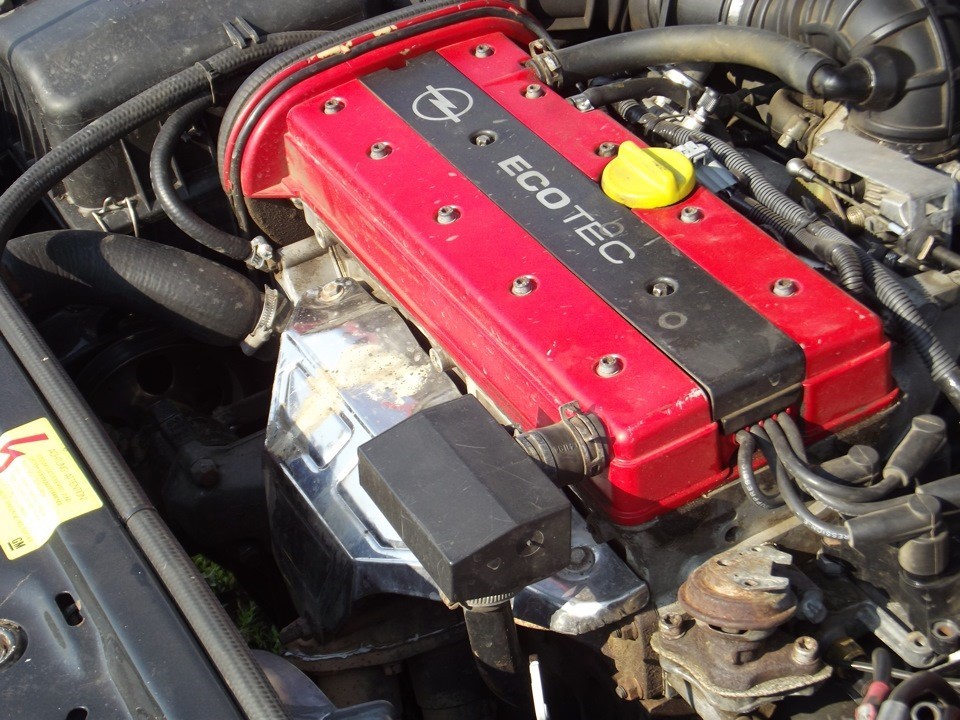
When replacing the X20XEV with a more modern unit, it can be sold at a price of $500-600. Approximately in the same framework are the prices for the purchase of used contract engines. The upper bar for the cost of a “contractor” is $680. Swap opens up great opportunities for owners of various Opel models. Instead, you can install:
- X30XE;
- C20XE;
- C20NE;
Of the positive aspects of the motor, Opel car owners note its reliability and relative ease of repair. With careful operation and timely routine inspection, a mileage of 300 thousand km can be achieved. on a used car - a very good result.

